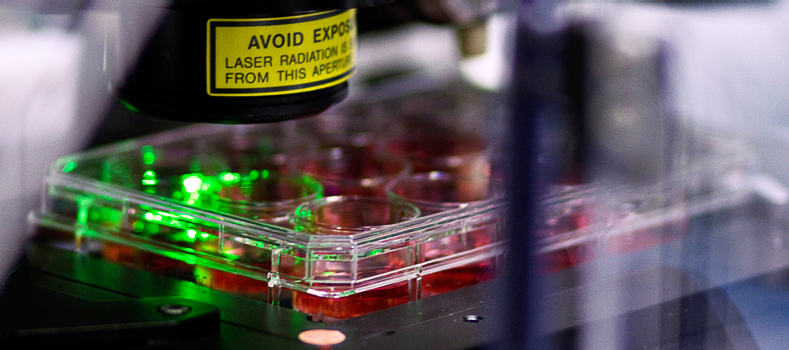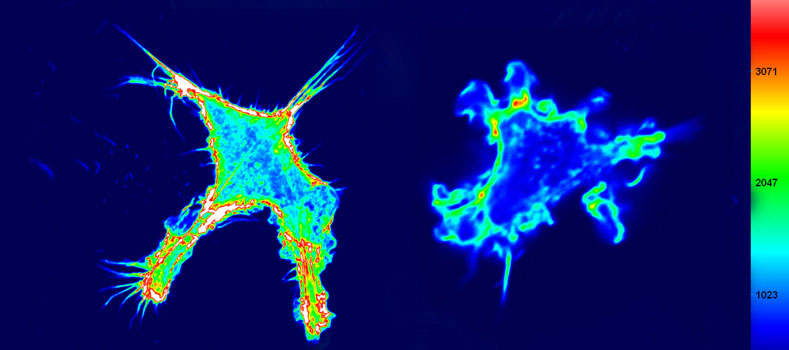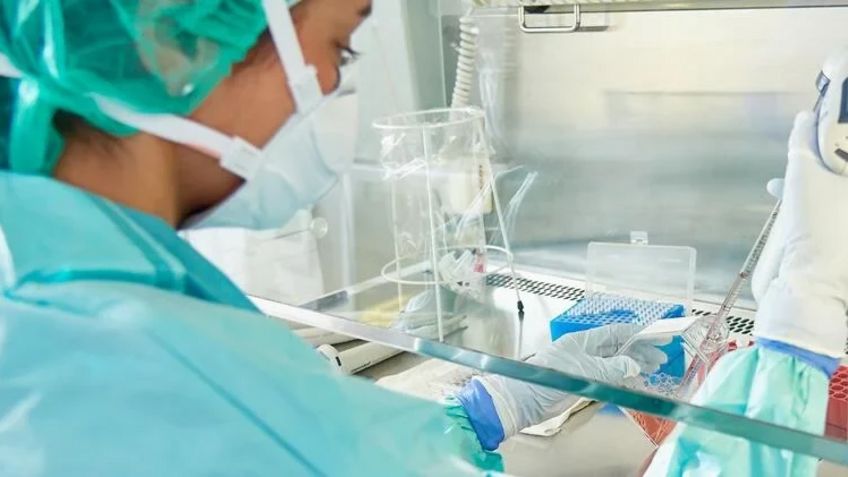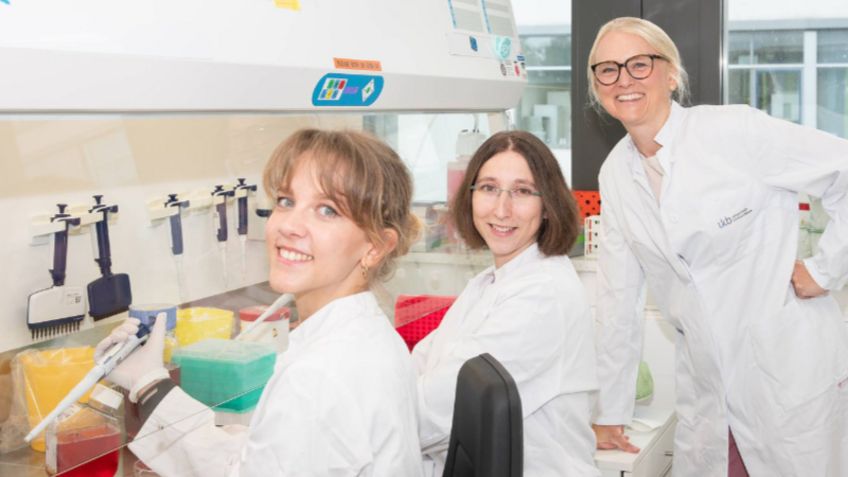
Collaborative Research Center 704
"Molecular Mechanisms and Chemical Modulation
of Local Immune Regulation"
Research Program
The dynamics and quality of immune responses is orchestrated by complex interactions between different immune cell populations in secondary lymphatic tissue and in peripheral tissue, both during the induction and the execution phase of an immune response.
Naïve T cells do not have access to peripheral tissues except for a brief neonatal phase of tolerance induction. Instead, they encounter their cognate antigen in secondary lymphoid organs to which they migrate constitutively. There, the narrow structural confinements assures that each one of the rare clonotypic T cells is forced to meet migrating antigen-presenting cells, which “report” ongoing events (e.g. infections) in peripheral organs. Dendritic cells are the most important subset of these innate immune messenger cells: they activate and instruct T cells which then multiply and disseminate over the entire organism to combat infections.
The deciphering of this elegant cellular circuitry generated the illusion of an apparent central and more or less uniform mode of immune control. However, the strong emphasis on the importance of secondary lymphoid organs in the control of immune reactions in mammals has not been able to explain the great organ-specificity in the induction of adaptive immunity. In fact, this “centralistic” view of the induction of innate and adaptive immunity, in which every microbial organism triggers maximal immune responses to maintain sterility of the host, has been challenged by the research of the past years. In particular, the following findings have added a new layer of complexity to our understanding of immunity:
- the diversity and functional specialization of antigen presenting cells and immune regulatory cells in different peripheral tissues and organs and their respective immune compartments and
- the intrinsic capability of a many lymphocytes to react to self antigen which is not only cut back in primary immune organs but needs to be restricted in the periphery at all times
- the divergent innate interactions with pathogenic “patterns” (stemming from e.g. viruses, bacteria and parasites) resulting in a highly differential shaping of local immune responses
- the encounter of immune cells with highly specialized and differentiated organ cells and
- the metabolic state of the tissue in which the immune reactions takes place
This initiative therefore aims at the elucidation of local or organ-adapted functions of antigen-presenting and regulatory cells and their interactions with T cells, which underlie tolerance induction and immune activation. It further aims at analyzing the underlying immune signaling processes and at developing novel chemical tools to manipulate key immune regulatory molecules. The long-term goal is to selectively target environment-specific functions at the molecular level. We strongly believe that the unraveling of these specialized mechanisms by us and others will strongly aid in generating more powerful tools for immune-system based therapies in the future.
Therefore, the key objectives of this proposal are:
- To understand the concerted actions of local chemokine networks and their functional impact on cell activation, antigen cross-presentation and motility
- To unravel inter- and intracellular signal transduction pathways in the functional differentiation of immune cells by genetic and chemical means
- To understand the contribution of regulatory antigen-presenting cells and Tregs to the maintenance of tolerance in the local micro-milieu
- To decipher and to manipulate innate immune recognition events and metabolic responses in the control of peripheral tolerance and immunity










